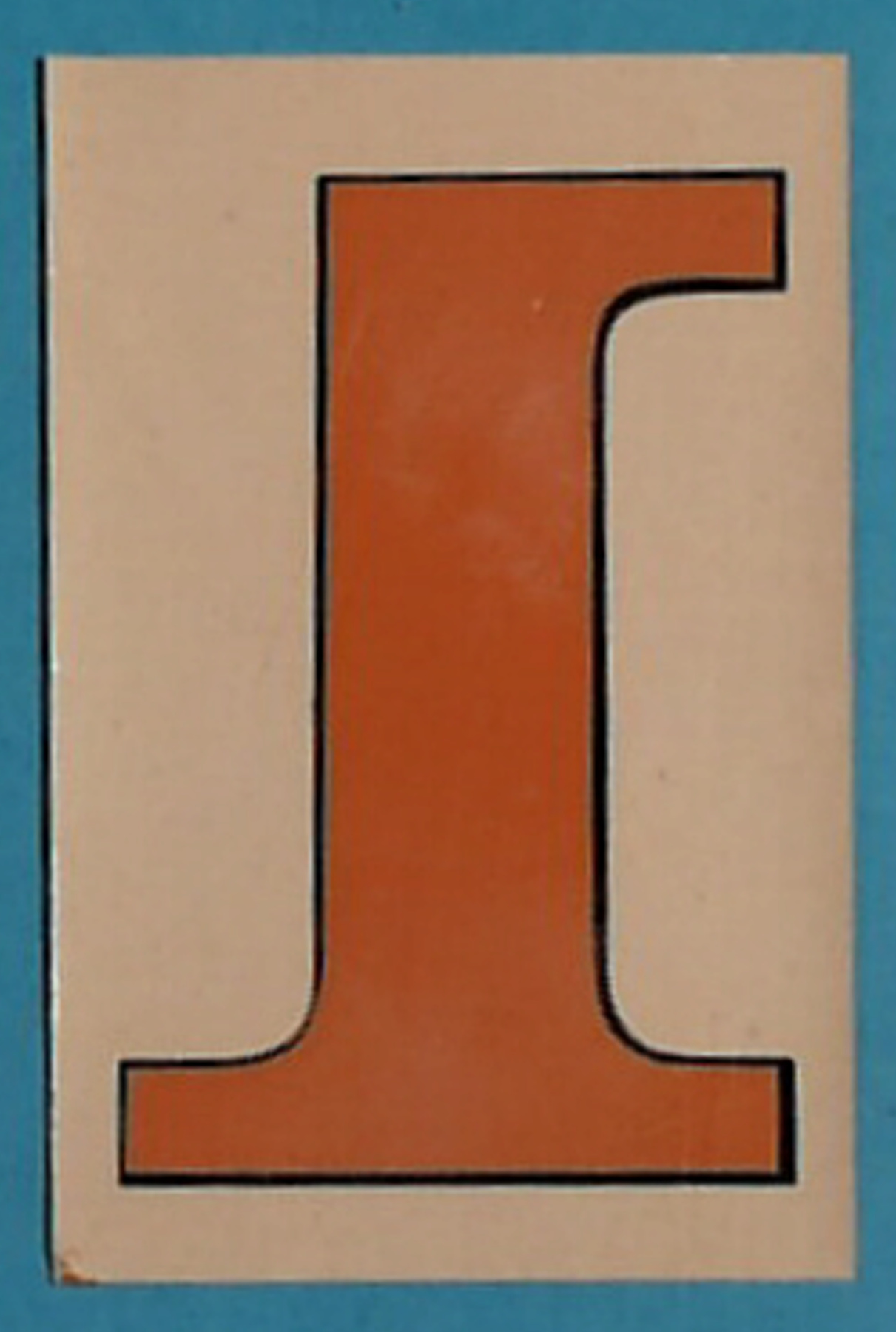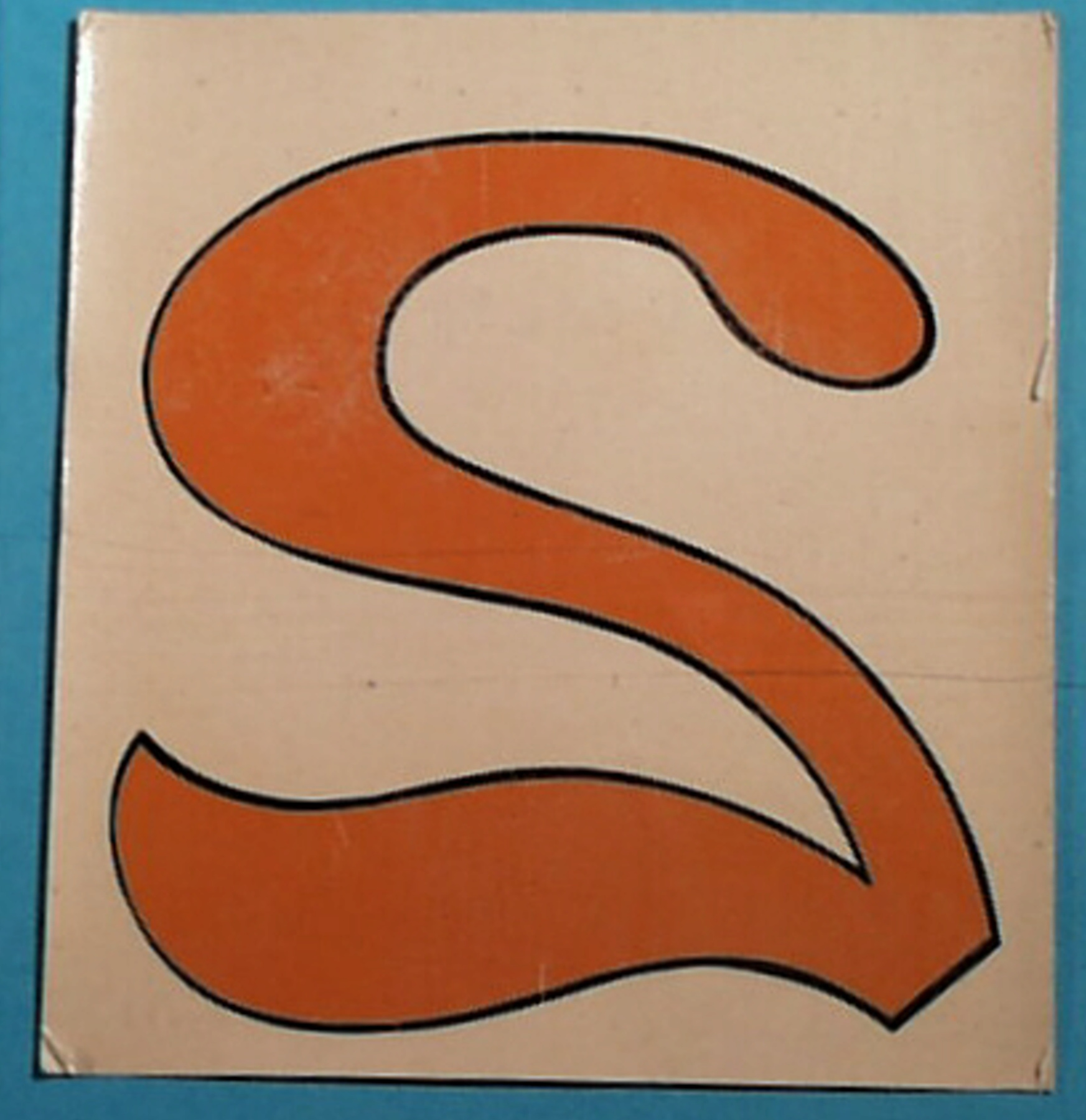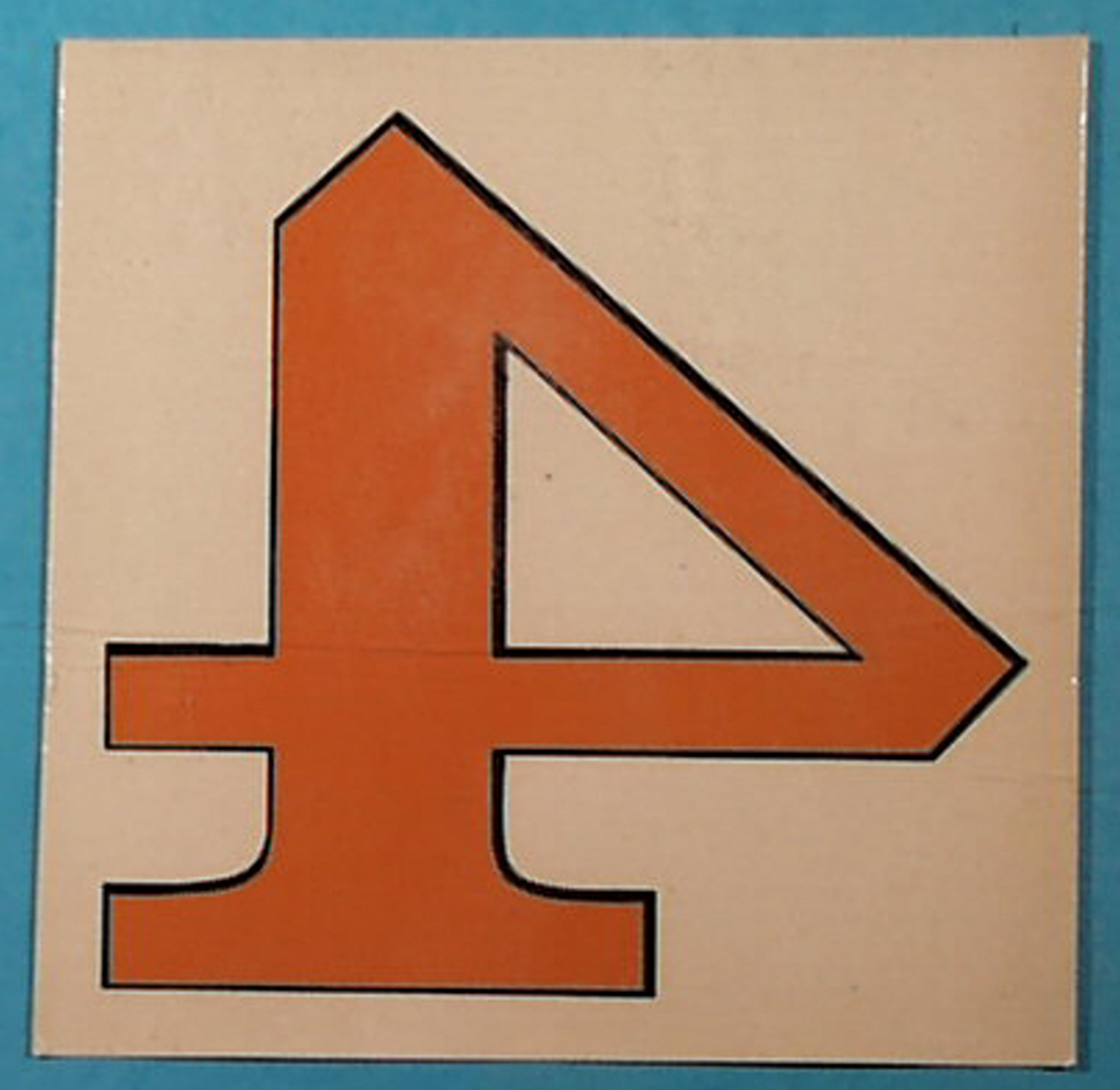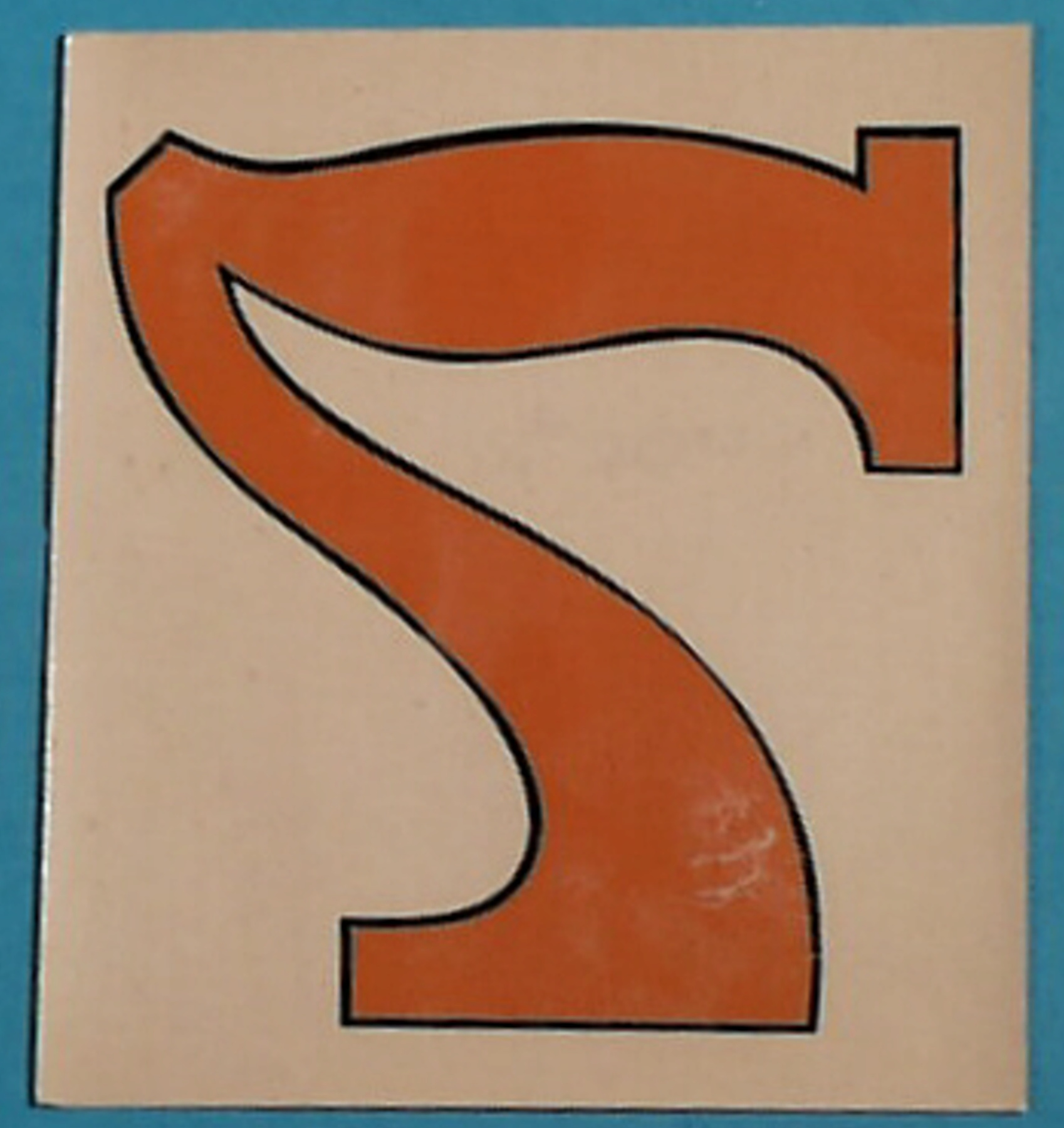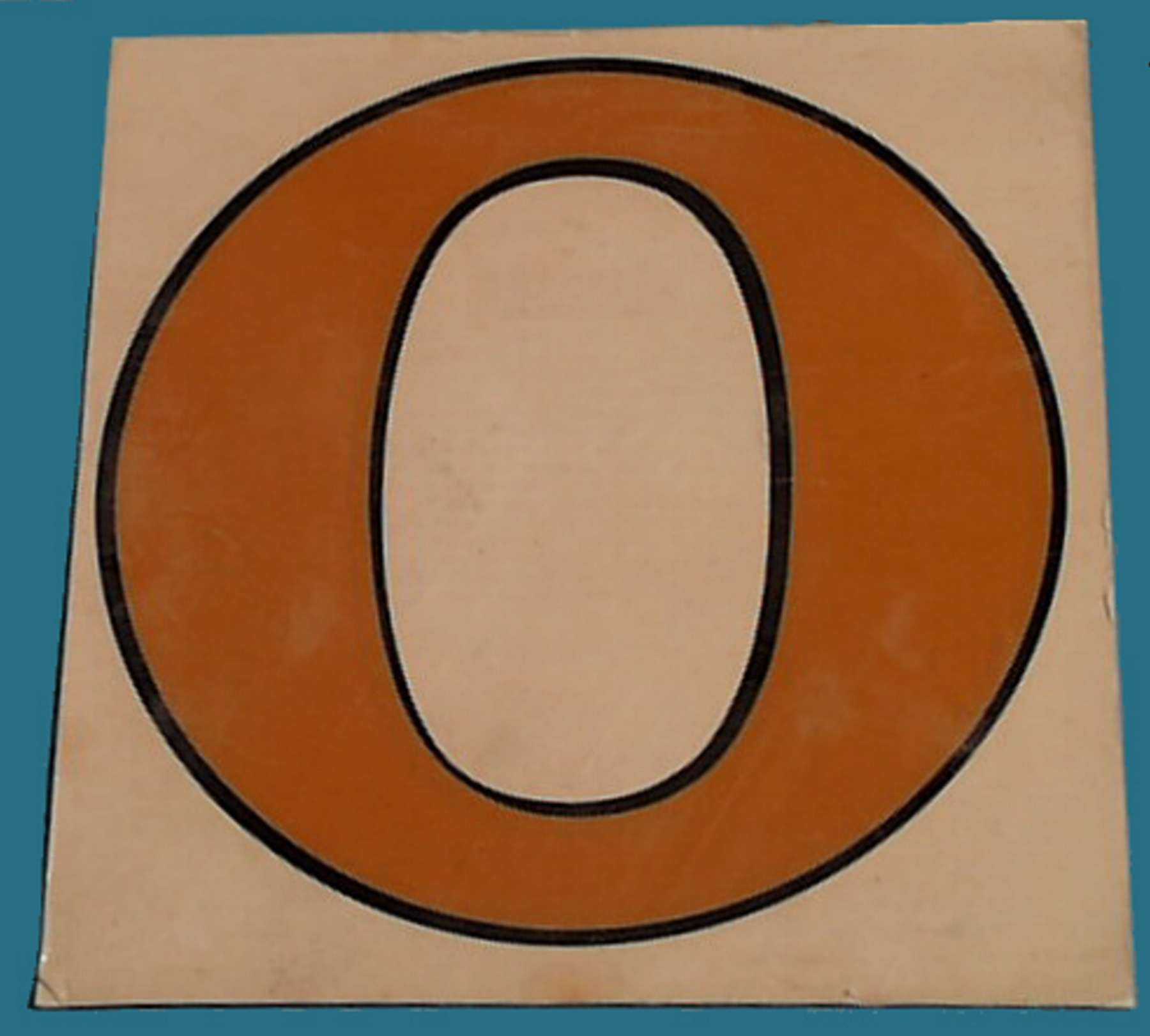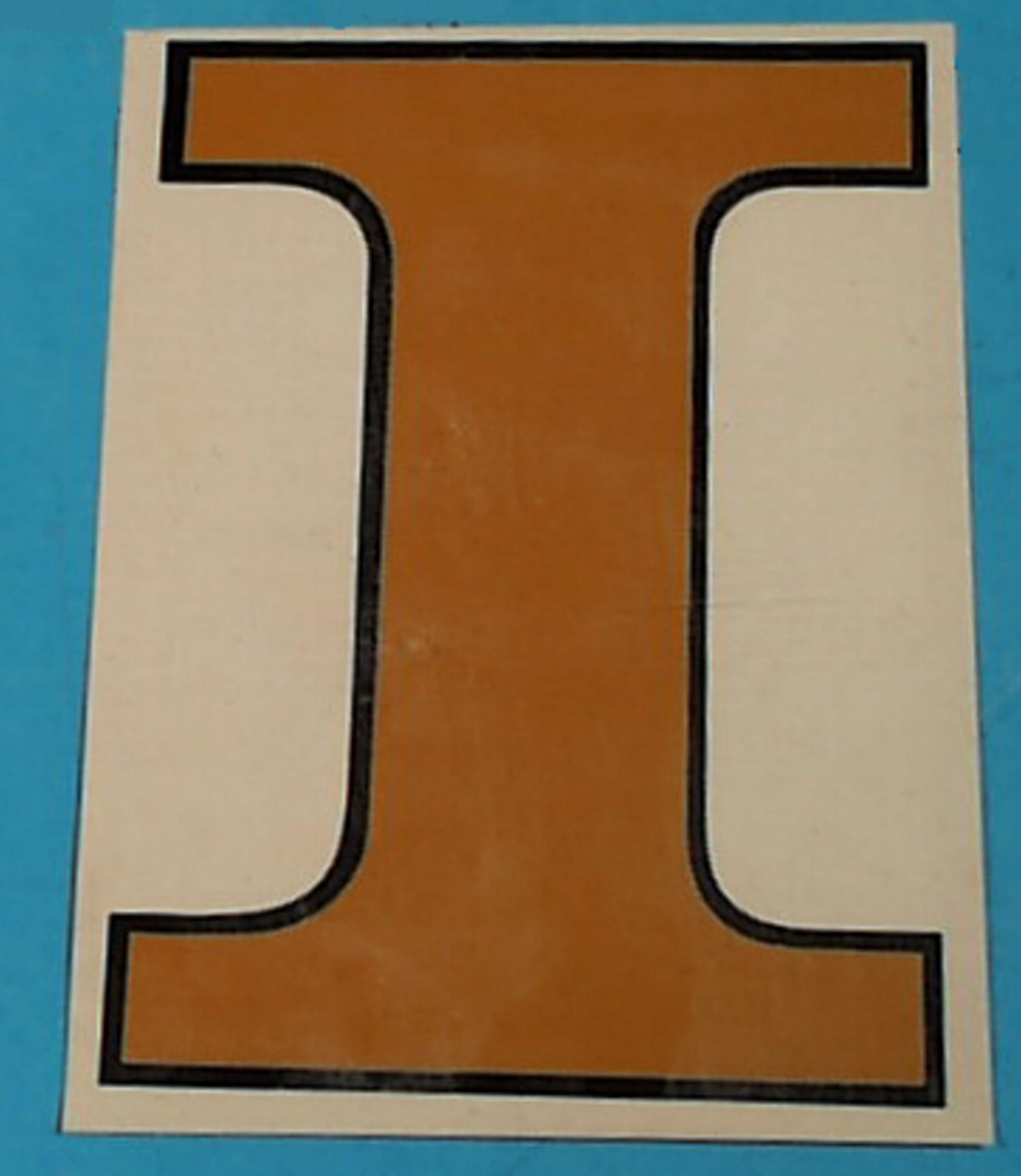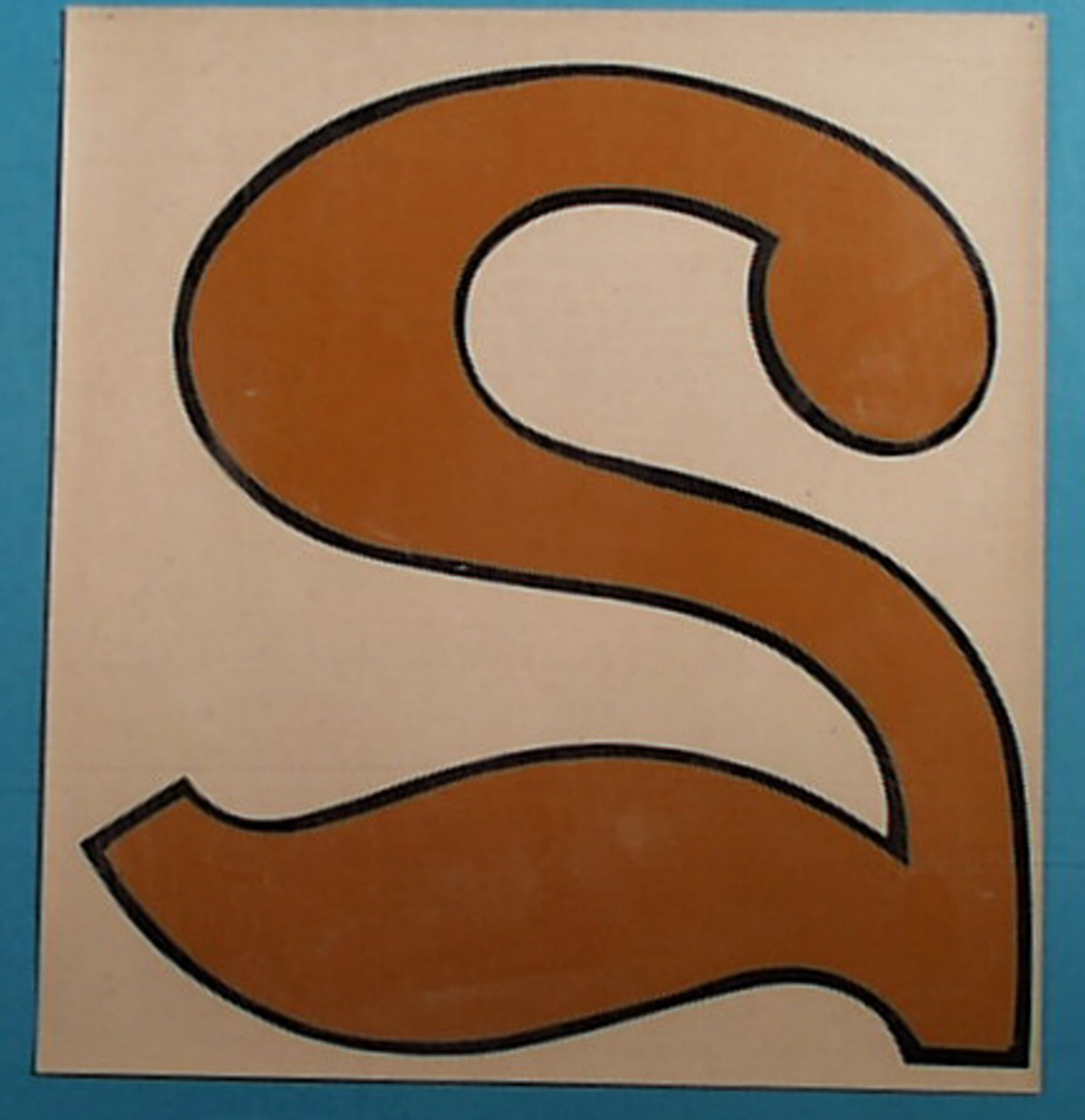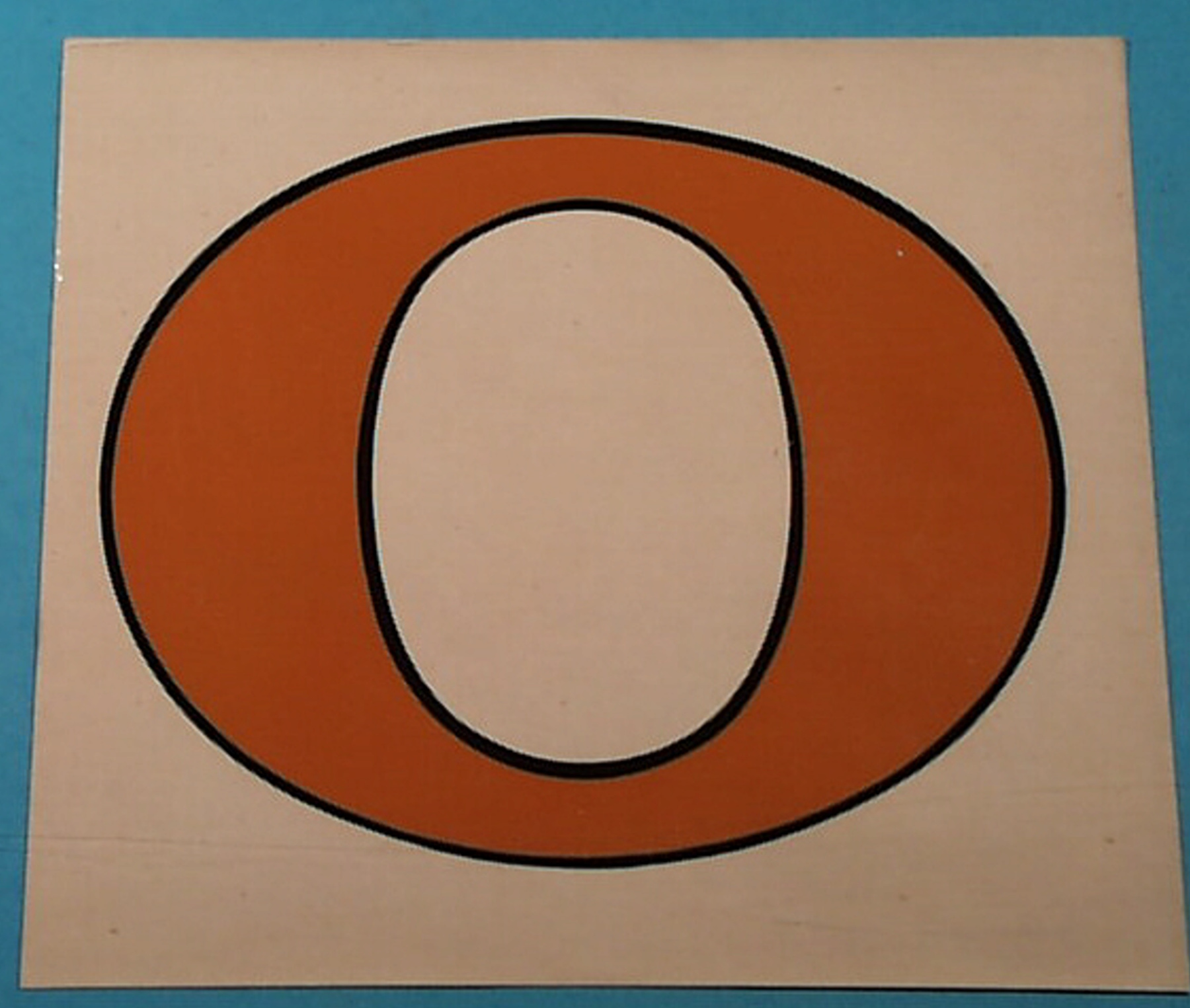Transfer
Use this image
Can I reuse this image without permission? Yes
Object images on the Ingenium Collection’s portal have the following Creative Commons license:
Copyright Ingenium / CC BY-NC-ND (Attribution-NonCommercial 4.0 International (CC BY-NC 4.0)
ATTRIBUTE THIS IMAGE
Ingenium,
2004.0752.007
Permalink:
Ingenium is releasing this image under the Creative Commons licensing framework, and encourages downloading and reuse for non-commercial purposes. Please acknowledge Ingenium and cite the artifact number.
DOWNLOAD IMAGEPURCHASE THIS IMAGE
This image is free for non-commercial use.
For commercial use, please consult our Reproduction Fees and contact us to purchase the image.
- OBJECT TYPE
- number/duplex
- DATE
- Unknown
- ARTIFACT NUMBER
- 2004.0752.007
- MANUFACTURER
- Canada Decalcomania Co. Ltd.
- MODEL
- Canadian National Railway/1
- LOCATION
- Montréal, Québec, Canada
More Information
General Information
- Serial #
- N/A
- Part Number
- 7
- Total Parts
- 11
- AKA
- N/A
- Patents
- N/A
- General Description
- paper
Dimensions
Note: These reflect the general size for storage and are not necessarily representative of the object's true dimensions.
- Length
- 14.3 cm
- Width
- 12.4 cm
- Height
- N/A
- Thickness
- N/A
- Weight
- N/A
- Diameter
- N/A
- Volume
- N/A
Lexicon
- Group
- Railway Transportation
- Category
- Miscellaneous
- Sub-Category
- N/A
Manufacturer
- AKA
- Decalcomania
- Country
- Canada
- State/Province
- Québec
- City
- Montréal
Context
- Country
- Canada
- State/Province
- Unknown
- Period
- Unknown
- Canada
-
An item from the collection of Andrew Audubon Merrilees, a noted Canadian collector of railwayana. In the mid 1960s, Mr. Merrilees learned that the British company Tearne and Sons was melting old decals to recover gold and silver used during their production. He purchased some of the remaining collection The Merrilees collection consists of 895 designs of transfers and 5803 individual decals, in their original paper form, including examples of letters, numbers and ornaments, as well as coats of arms, trade marks, monograms and other images used mostly on railway stock in Great Britain, Canada, and on colonial railways worldwide. The majority of Mr.Merrilees collection was sent to the National Archives circa 1980, his printed material to the National Library and the Ontario Archives. The material in this donation was retained by Andrew Merrilees Ltd., currently owned by Dr. Robert Stewart In 1871, Henry McElcheran, a painter from Hamilton, patented transfers for coach decorations. Generally however, in the 19th century the Canadian market was dominated by imported British and American products. In 1911, the Canada Decalcomania Company opened an office in Toronto and soon produced decals for many major Canadian companies. Canada Decalcomania made transfers for Canadian National, Massey-Harris, Consumer's Gas and other Canadian companies. The company ceased operations in the early 1990s and destroyed its records and its stock. (Acquisition proposal for AK0114 archival material by D.Monaghan; Acquisition proposal for AK0114 transfers by A. Adamek; both in Supp. Info.) - Function
-
A form of decal used to label and decorate railway equipment, ships, and industrial equipment instead of hand painting. - Technical
-
An example of an industrial transfer. The lithographic transfer technique was invented ca. 1756 by John Sadler and Guy Green, well-known printers and engravers working for Josiah Wedgewood. By 1770, the decalcomania brought down the price of pottery decoration from £2 per piece to 20 pence. The technique spread form England to Sweden, Germany, France and North America. In Germany, the transfers were used to imitate gold leaf on iron sewing machines and wood clocks, and soon they were applied to household appliances, coaches, railway cars and industrial machinery around the world. By 1880, decalcomania had become one of the most common methods of ornamentation of technological artifacts. The Merrilees collection contains examples of patterns and master designs which illustrate the first steps in the lithographic production, as well as samples of all types of decal paper, colours and transferring techniques available at the turn of the last century. The transfers represent the vanished phase of decorative arts that originated in the Victoriana extrinsic ornamentation and carried on well into the first decades of the 20th century. (Acquisition proposal for AK0114 transfers by A. Adamek; Supp. Info.) - Area Notes
-
Unknown
Details
- Markings
- lettering on back reads 'CODE 13-46/ CNR, '19625', 'CANADA DECALCOMANIA/ CO. LTD./ 6650 DARLINGTON AVE/ SUITE 328 PHONE: REGENT 9-3281/ MONTREAL, QUE' and 'DIRECTIONS FOR APPLYING REGULAR (R) CEMENT/ TYPE DUPLEX TRANSFERS', with instructions
- Missing
- N/A
- Finish
- white with brown and black number
- Decoration
- brown number with black edging reads '1'
CITE THIS OBJECT
If you choose to share our information about this collection object, please cite:
Canada Decalcomania Co. Ltd., Transfer, Unknown Date, Artifact no. 2004.0752, Ingenium – Canada’s Museums of Science and Innovation, http://collections.ingeniumcanada.org/en/item/2004.0752.007/
FEEDBACK
Submit a question or comment about this artifact.
More Like This
